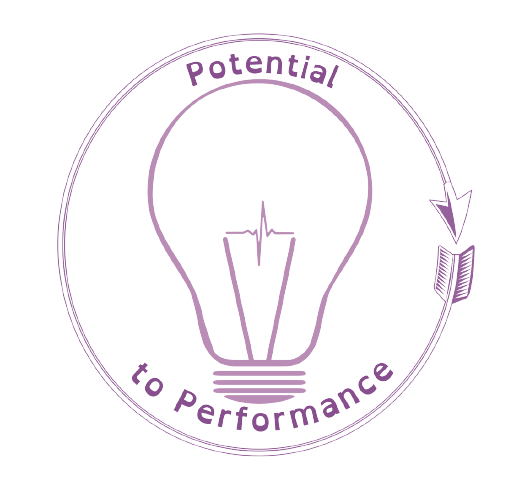By Brooke Trenwith
Adapted from an article first published in Tall Poppies Magazine (November 2018)
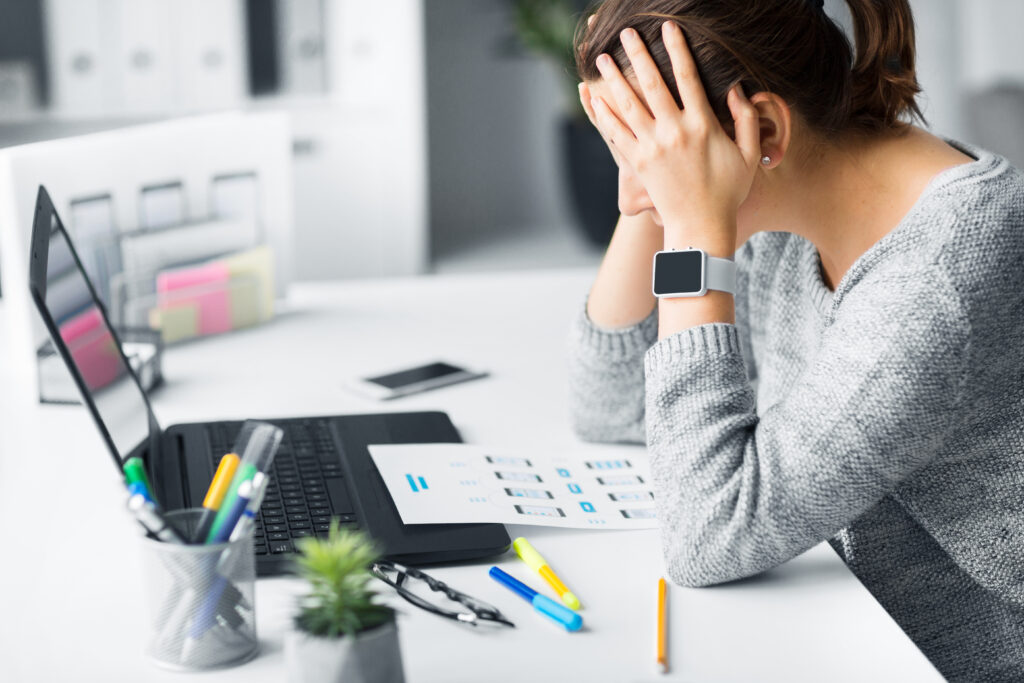
With the rise in Omicron cases, there is also a rise in stress and anxiety. Technology can support us in the way that we support our own mental health at this time.
Jim Delisle and Judy Galbraith, in their book the Gifted Teen’s Survival Guide, state “stress comes from the inside, not the outside. You can control your perceptions; you are responsible for your feelings. Other people can do or say things that ‘trigger’ certain feelings within you, but they don’t make you feel a certain way.”
Jim and Judy give three steps for dealing with stress:
1. You can diminish or eliminate the problem you associate with the stress;
2. You can change your attitude toward the problem; or
3. You can lower your stress level by engaging in or more stress reducing activities.
We can’t take away the exams but the following tips could help with changing attitudes or reducing the impact that stress can have – both on kids and the adults around them.
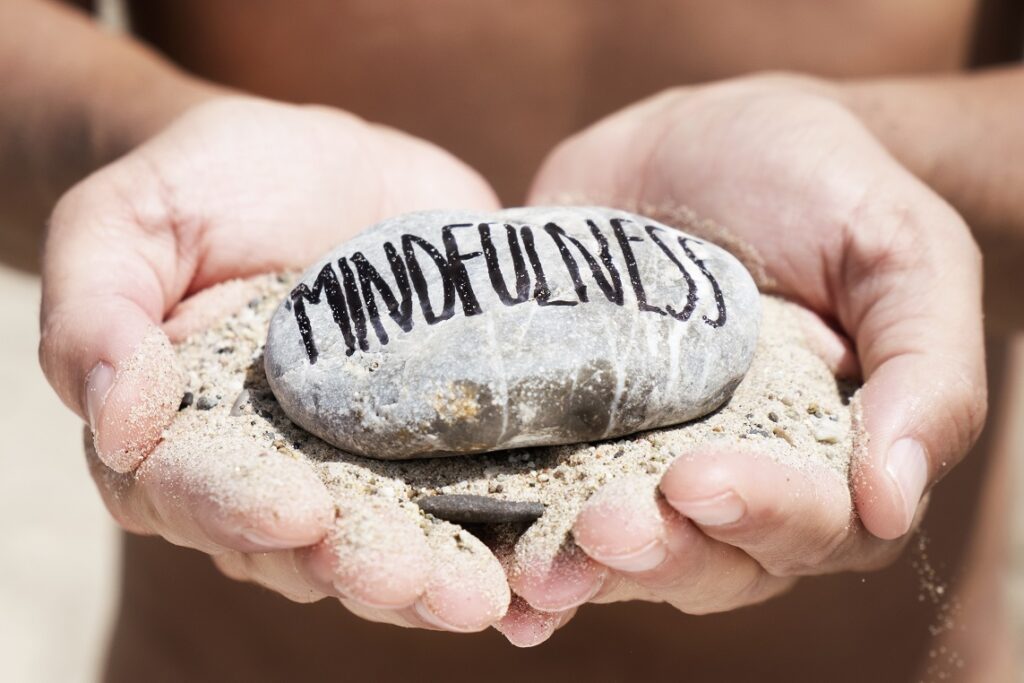
Mindfulness
Mindfulness is gaining popularity around New Zealand at the moment and it is slightly ironic that our digital devices can be used to support us focusing more on the present and what is going on around us. The Mindful website describes mindfulness as:
Mindfulness is the basic human ability to be fully present, aware of where we are and what we’re doing, and not overly reactive or overwhelmed by what’s going on around us.
By practicing mindfulness on a regular basis, we are less likely to ‘overboil’ when issues of stress happen. And for our gifted children, practicing it regularly will help calm some of the those overthinking scenarios that they often find themselves in.
The Mindful website gives the following instructions for getting started with mindfulness:
- Set aside some time. You don’t need a meditation cushion or bench, or any sort of special equipment to access your mindfulness skills—but you do need to set aside some time and space.
- Observe the present moment as it is. The aim of mindfulness is not quieting the mind or attempting to achieve a state of eternal calm. The goal is simple: we’re aiming to pay attention to the present moment, without judgment. Easier said than done, we know.
- Let your judgments roll by. When we notice judgments arise during our practice, we can make a mental note of them, and let them pass.
- Return to observing the present moment as it is. Our minds often get carried away in thought. That’s why mindfulness is the practice of returning, again and again, to the present moment.
- Be kind to your wandering mind. Don’t judge yourself for whatever thoughts crop up, just practice recognizing when your mind has wandered off, and gently bring it back.
- In schools, many teachers are using Smiling Mind to support mindfulness practice in the classroom. There are modules designed for children as young as 7 years old, right up to adult. Some practices are designed for individuals whilst others have a classroom focus.
In schools, many teachers are using Smiling Mind to support mindfulness practice in the classroom. There are modules designed for children as young as 7 years old, right up to adult. Some practices are designed for individuals whilst others have a classroom focus.
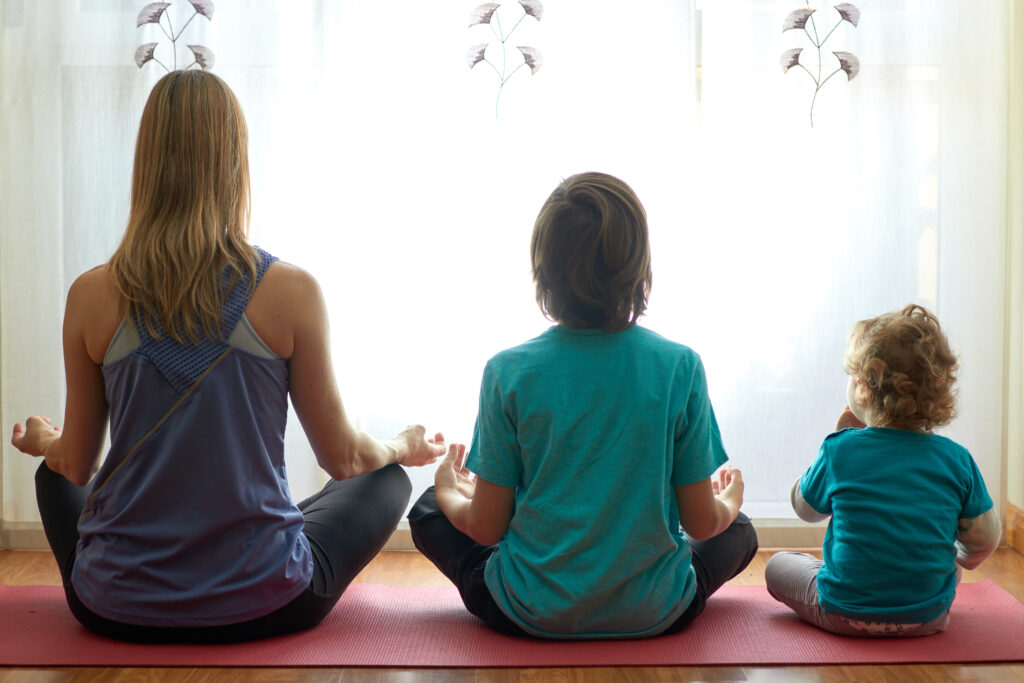
So what is the difference between meditation and mindfulness?
Both of these words have lots of meanings (and a lot of assumptions or misassumptions). Generally speaking, mediation is when you set out to do something good for yourself and is a key part of some religions, an offering that is associated with prayer.
Mindfulness is a type of meditation, at least according to Elisha Goldstein, Ph.D., author of The Now Effect and designer of the Mindfulness at Work programme.
“That’s when you intentionally pay attention to whatever is here in the moment,” explains Goldstein. “The goal is to learn to be really present, to the point that when you feel yourself reacting a certain way in the moment later on, you’re so aware of the now that you’re then able to take a step back, and literally change your knee-jerk reaction so you do something in a different way.” (https://www.womenshealthmag.com/life/a19941792/mindfulness-vs-meditation/)
- Sit comfortably. Find a spot that gives you a stable, solid, comfortable seat.
- Notice what your legs are doing. If on a cushion, cross your legs comfortably in front of you. If on a chair, rest the bottoms of your feet on the floor.
- Straighten your upper body—but don’t stiffen. Your spine has natural curvature. Let it be there.
- Notice what your arms are doing. Situate your upper arms parallel to your upper body. Rest the palms of your hands on your legs wherever it feels most natural.
- Soften your gaze. Drop your chin a little and let your gaze fall gently downward. It’s not necessary to close your eyes. You can simply let what appears before your eyes be there without focusing on it.
- Feel your breath. Bring your attention to the physical sensation of breathing: the air moving through your nose or mouth, the rising and falling of your belly, or your chest.
- Notice when your mind wanders from your breath. Inevitably, your attention will leave the breath and wander to other places. Don’t worry. There’s no need to block or eliminate thinking. When you notice your mind wandering gently return your attention to the breath.
- Be kind about your wandering mind. You may find your mind wandering constantly -that’s normal, too. Instead of wrestling with your thoughts, practice observing them without reacting. Just sit and pay attention. As hard as it is to maintain, that’s all there is. Come back to your breath over and over again, without judgment or expectation.
- When you’re ready, gently lift your gaze (if your eyes are closed, open them). Take a moment and notice any sounds in the environment. Notice how your body feels right now. Notice your thoughts and emotions.
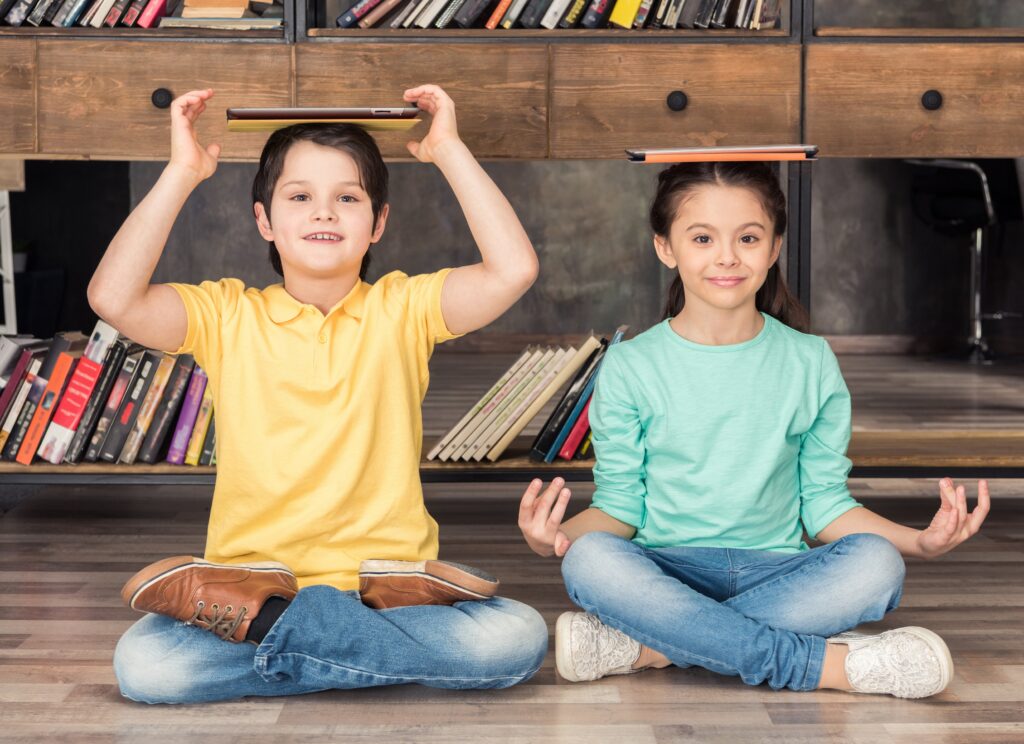
Meditation
Insight Timer is home to more than 5,000,000 meditators worldwide and has over 6,000 hours of guided mediations run by almost 2,500 teachers (that is 11,898 free meditations in case you were wondering).
The app itself is free and works on both iOS and android devices. You are able to browse through the meditations on a topic basis – sleep, stress, acceptance, grief… basically any topic you can think of. Some last only for a couple of minutes, others over an hour. And each has a user rating system so that you can see what others think of it before you try it out.
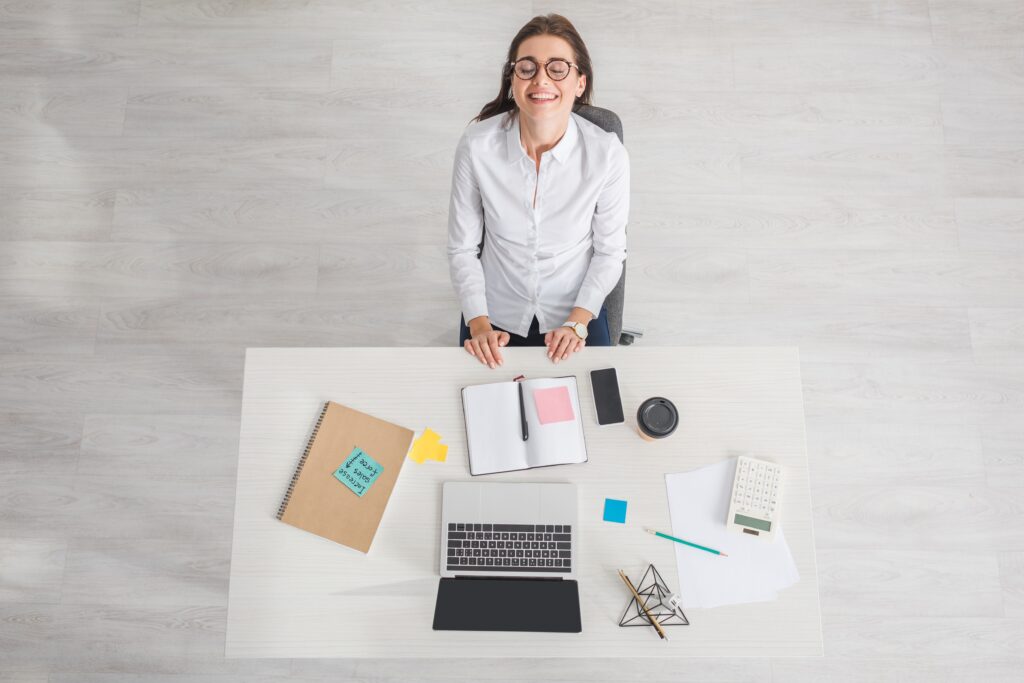
Best apps for anxiety in 2022
Healthline has published the best apps that can be used to help manage Anxiety in 2022. For all the details click on the Healthline link above and here is a quick overview:
- Best anxiety app for meditation: Calm
- Best anxiety app for adult colouring: Colorfy
- Best for mood tracking: What’s Up? A Mental Health App
- Best anxiety app for sleep: Nature Sounds Relax and Sleep
- Best meditation app for People of Colour: Shine
- Best anxiety app for breathing techniques: Breathwrk
- Best anxiety app game: AntiStress Anxiety Relief Game
- Best anxiety app for journaling: Moodnotes
- Best for cognitive behavioural therapy (CBT): MindShift CBT
Two of my favourites
Over the summer, I have been experimenting using an Apollo Neuro. Once I got past the thought that it felt like a prison bracelet around my ankle, I loved using it. It sends small vibrations to my vagus nerve and helps lower my heart rate variability (my Fitbit is showing a difference).
For kids, my favourite is Champions of the Shenga. Introduced to me by Vanessa White, a trauma informed specialist, this game uses a transmitter that connects a device to the child’s ear and monitors their breathing and heart rate. As the child plays the game, they gain ‘magic’ through controlling their physiological conditions – teaching them self-regulation skills.
